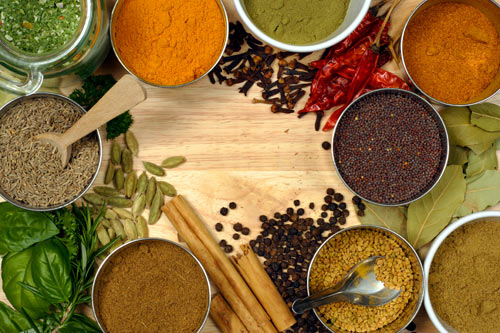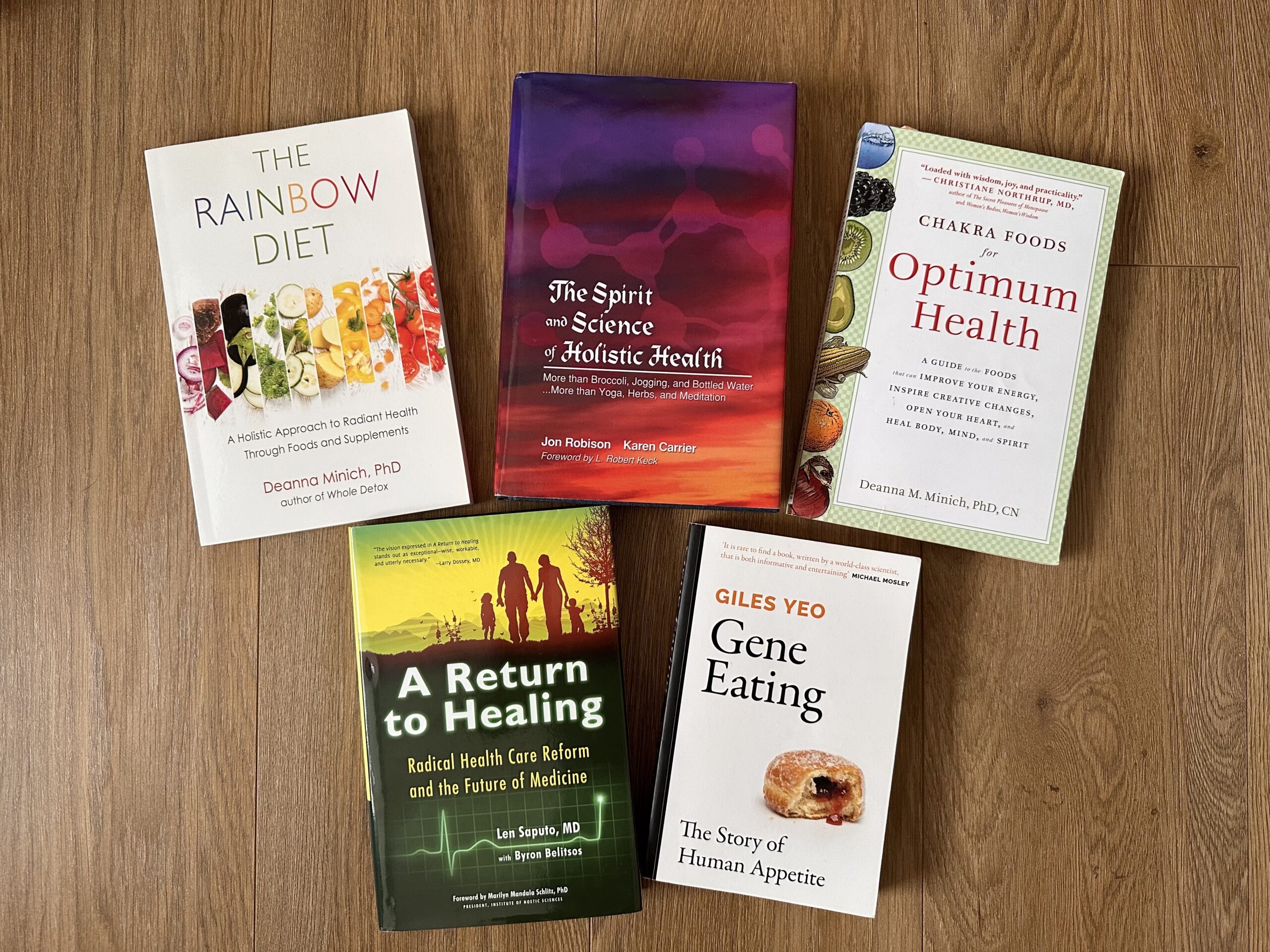“There are six Rasas (tastes); sweet, sour, salty, pungent, bitter, and astringent. When used properly, the body is maintained in a healthy state. Their wrong use results in the vitiation (impairment) of the Doshas.”
Charak Samhita, Vimanasthan, 1.4
Diet is essential to the healthy functioning of any physiology. The classic saying, “you are what you eat” is very true. Your body will work according to what you put in. Just like your car…the wrong type of fuel can damage the overall functioning of the engine.
There are six tastes according to Ayurveda. They are sweet, sour, salty, pungent, bitter, and astringent. In everyone’s diet, during both lunch and dinner, one should consume all six tastes. A balanced intake of all six tastes will result in a balanced diet. Here is a short explanation and examples of each of the six tastes.
The sweet taste generally gives a feeling of satisfaction and pleasantness to the sense organs and tends to be heavy for the physiology. The sweet taste increases Kapha and decreases Vata and Pitta. Sweet tastes promote strength and is good for children, the aged, the wounded and emaciated. Sweet taste in excess can cause tumors, obesity, and diabetes. Some examples of sweet taste are grains, such as wheat, rice and barley, pulses, lentils, milk, cream, butter, sweet fruits such as dates, figs, coconut, and mango, cooked vegetables such as potato, carrot, cauliflower, and of course, sugar.
The sour taste makes the mouth water and its properties are light, oily, and hot. Therefore, the sour taste increases Pitta and Kapha and decreases Vata. Sour taste is good for stimulating the digestive power and is good for the heart and digestion. Excess intake of sour foods can lead to acid gastritis, swelling, and fever. Some examples of sour tastes are sour fruits, such as lemon, oranges, and pineapples, sour milk products such as yogurt, cheese, and sour cream, fermented substances such as wine, vinegar, and soy sauce, and carbonated beverages.
The salty taste increases salivation and has the qualities of heaviness and warmth. Salty taste increases Pitta and Kapha and decreases Vata. Salt is good for digestion and it clears up obstruction in the channels of circulation. Excess salt intake can lead to excessive thirst, skin disease, and can lead to a stroke. In order to get the salty taste in your diet, you must add salt to your food.
The pungent taste is really felt on the tongue and is most often associated with the spicy taste. Pungent increases Vata and Pitta and decreases Kapha. The pungent taste is good for digestion, throat problems and indigestion. Its excess use can lead to fainting, tremors, and may aggravate allergic reactions. The pungent taste is found in spices, such as chili powder, black pepper, mustard seeds, ginger, cardamom, garlic, turmeric, cinnamon, oregano and mint. Raw vegetables such as onion and cauliflower are also pungent in taste.
The bitter taste cleanses the mouth and is light, dry, and cold. Bitter increases Vata and decreases Pitta and Kapha. The bitter taste cleanses the channels of circulation and prevents blood disorders. If used in excess, the bitter taste can weaken the tissues of the body. The bitter taste is found in most green vegetables, especially leafy greens such as spinach and cabbage. Fruits such as olives and grapefruits and spices such as fenugreek and turmeric are also bitter in taste.
The astringent taste affects the taste buds of the tongue and it is primarily heavy, dry, and cold. It increases Vata and decreases Pitta and Kapha. The astringent taste cleanses the blood, dries up moisture and fat, and is cleansing for the skin. Excess intake of the astringent taste causes stasis of food without digestion, flatulence, and pain in the region of the heart, excessive thirst, and constipation. Some examples of the astringent taste are turmeric, honey, walnuts, hazelnuts, pulses, beans, vegetables, such as sprouts and lettuce, and fruits such as pomegranate, berries, and most unripe fruits.
This is a short explanation of each taste along with some examples. Most foods and spices have more than one taste, such as turmeric, which is pungent, bitter, and astringent. It is ideal that all six tastes are incorporated into every meal.



